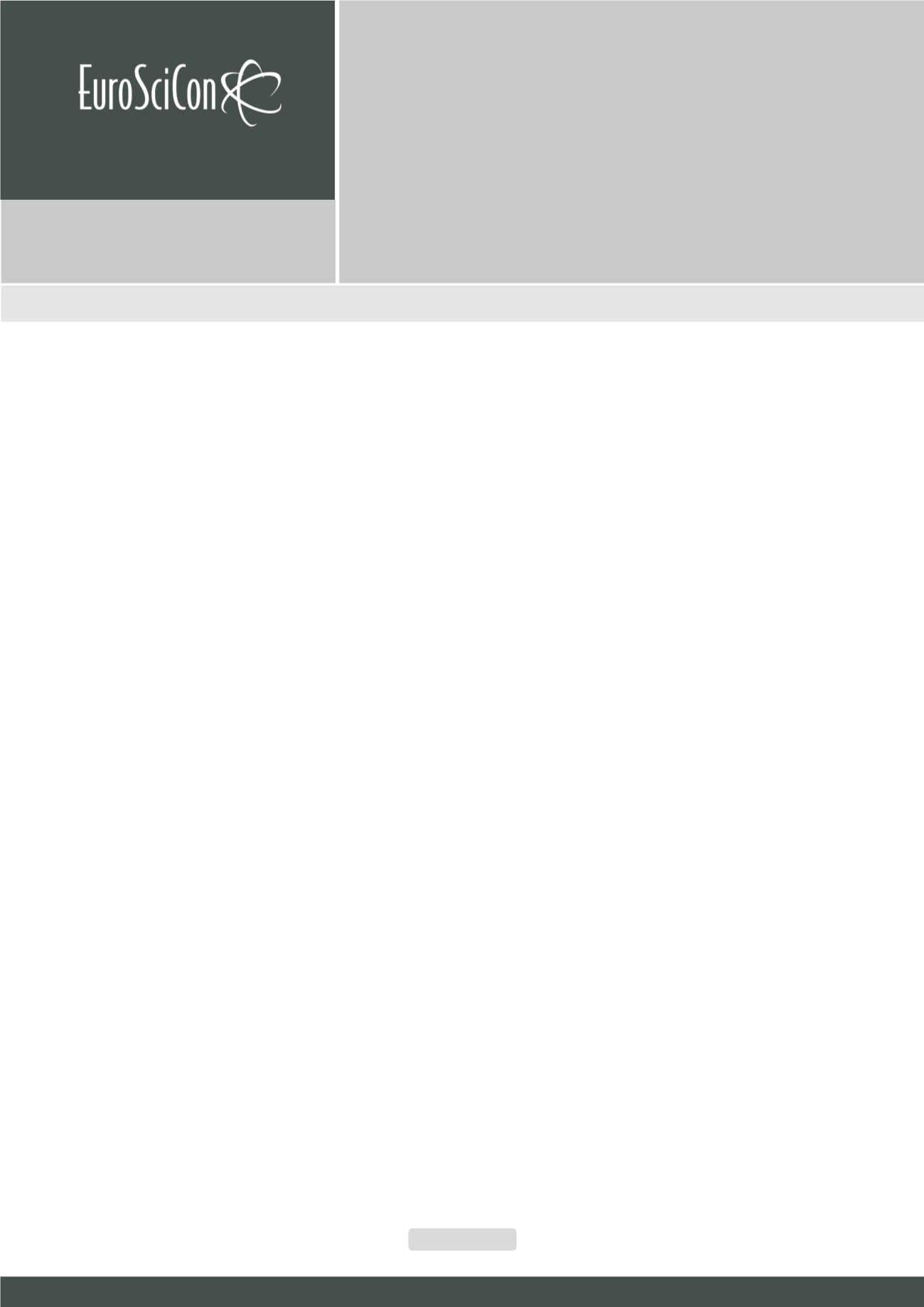

Advance Nursing Practice 2018
J u n e 2 1 - 2 2 , 2 0 1 8
P a r i s , F r a n c e
Page 81
Journal of Nursing and Health Studies
ISSN 2574-2825
6
t h
I n t e r n a t i o n a l C o n f e r e n c e o n
Advance Nursing Practice
P
ost cardiac catheterization puncture site care is usually done with a tight pressure dressing inmany institutions and cardiac centers
due to the belief that it should prevent the bleeding. This practice is uncomfortable to the patients. Nurses have also described
difficulty in assessing the sheath insertion site in the groin when a pressure dressing is in place. A new way of dressing using transpar-
ent film dressing (TFD) has approved and rated better with regard to: comfort, less pain, decrease hematoma formation and facilitates
nurses’ assessment of puncture wound site after femoral sheath removal. The aim of this study was to determine the efficacy of using
a small transparent non pressure dressing compared with the traditional controlled pressure dressing applied to the femoral artery
puncture wound to maintain haemostasis with respect to 3 outcomes: patient satisfaction, bleeding or hematoma formation, and ease
of nursing assessment of the groin puncture site after the procedure. 80 post cardiac catheterization patients were randomized to have
their groins dressed either with pressure dressing or TFD. 100% in TFD group vs. 55% in pressure dressing group reported feeling very
comfortable (p-value=0.003). Hematoma formation was equal in the two dressing groups with no incidence of bleeding complications.
Nurses rated the ease of assessing the groin significantly higher for TFD than for pressure dressings (p-value=0.000). Dressing of the
puncture site after cardiac catheterization with TFD was more comfortable than the conventional pressure dressing without any differ-
ence in hematoma or bleeding complications.
rms2012@hotmail.comGroin dressing post cardiac catheterization:
traditional pressure vs. transparent film
Rokaia M Al-Shualah
Royal Commission Hospital, Jubail, Saudi Arabia
J Nurs Health Stud 2018, Volume: 3
DOI: 10.21767/2574-2825-C3-009
















